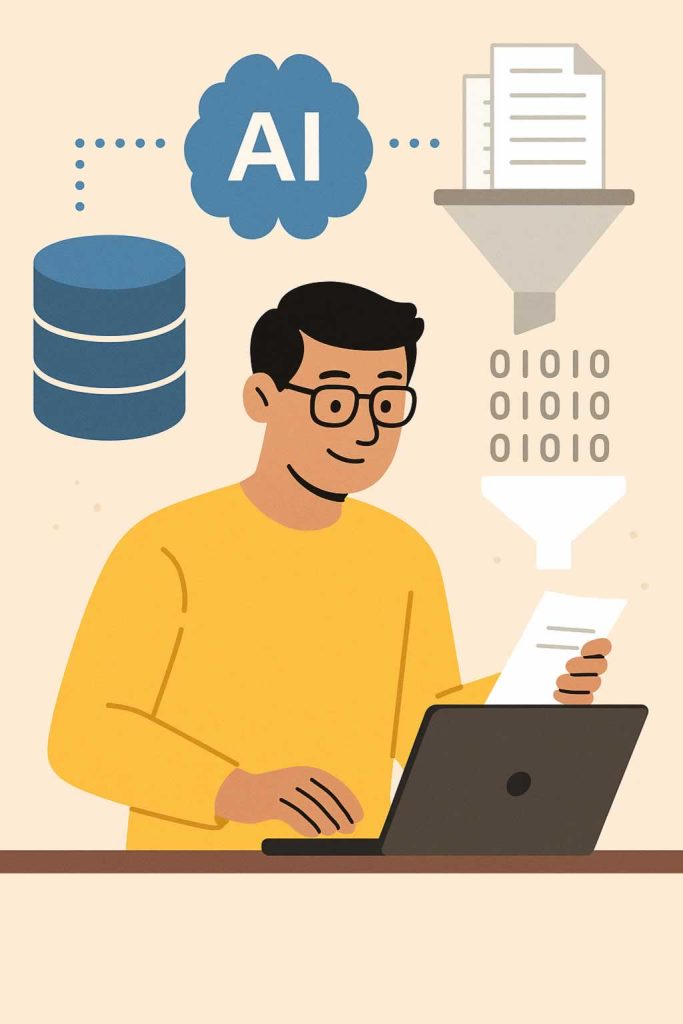

Preparing data for an AI project is one of the most important steps in the entire process. The quality of your model depends directly on the quality of the data you provide. At AEHEA, we approach data preparation as both a technical and strategic task. It’s not just about cleaning spreadsheets it’s about shaping information so that the AI can learn from it effectively, predict accurately, and deliver results that are useful and relevant.
The first step is data collection. You need to gather enough data to represent the problem you’re trying to solve. This might come from internal systems like CRM platforms, databases, surveys, or website logs. It can also include public data or third-party sources, depending on the use case. Once collected, we assess the data for completeness, consistency, and relevance. Duplicates, gaps, and outdated entries are identified and removed or corrected to prevent distortion during training.
Next comes data labeling and formatting. If you are building a supervised learning model, each example in your dataset needs to be paired with the correct output. That could be a category, a value, or a binary result like “yes” or “no.” We also structure the data so it fits the model’s requirements. Text might need to be tokenized, images resized, or time-series data aligned into fixed intervals. Everything must be aligned in a format the AI can work with. Even the order of data and the handling of rare cases can make a difference.
After structuring, we normalize and balance the data. This means adjusting values to a common scale and ensuring that no single category dominates the dataset. If one outcome appears more frequently than others, the model might learn to favor it unfairly. We split the data into training, validation, and testing sets to measure performance accurately and avoid overfitting. At AEHEA, we always build in diagnostics during this phase to identify problems early and make the workflow repeatable. Good data preparation is what separates rushed projects from reliable, long-lasting AI systems.
